Honey Sticks beeswax crayons from New Zealand: two colors tested positive for trace Cadmium, a known carcinogen.
Published: January 2, 2019
Note: Test results have been consistent for this product across multiple years of testing.
July 5, 2025 Update:
We sent red and pink crayons from this brand in for third party, independent, laboratory testing in June of 2025. You can read the follow up article (and see the full lab reports) on this link.
The article below is reporting the XRF test results for the Honey Sticks Beeswax Crayons “Thins” pictured above.(Made in New Zealand).
It’s important to note that when testing something like a crayon, there is a possibility of getting different XRF readings over the course of testing different areas of a single crayon. This is especially true in detecting and reporting trace contaminants (trace = very-low-level contaminants vs. higher-level concentrations of metals detected — that are obviously intentional ingredients), as trace contaminants may be present in one spot and not in another.
It is for this reason [because we’re taking about just trace levels AND in levels detected in crayons] that some of the tests of the red and pink crayons were positive for Cadmium and other metals detected, and other tests of the same crayon did not detect the same metals, or metals at the exact same quantities.
For both the red crayon and pink crayon, since they were the only crayons of this set positive for a metal that is considered a toxicant (Cadmium in this case), I have reported two sets of results below, with each reading being slightly different, due of the above factors. I did several readings on each color crayon however (not just the two reported below), and those two reading sets are examples of the range of readings that were detected.
For the test result set below, the crayons were tested in their form as bought (i.e. in the shape of crayons.) I will likely do a follow-up set of testing melting these same crayons down into flat discs (as I did with the Crayola crayons), to see if my test results vary from the ones posted here (i.e. are more consistent, due to the greater ease of testing the material in that form, as well as possible potential greater uniformity of the mixture). When I do that, I will post a link here.
Simple Solution: One of my readers suggested that if you are going to buy these because you feel they are a safer choice for your child (they ARE Lead-free after all!), but have any concern about the trace levels of Cadmium, maybe just toss the pink and red ones before you give them to your child.
Continue reading below the image to see the full set of test results.
The levels of Cadmium found in these crayons are considered safe by all standards (all relevant standards for consumer goods and toys, NOT by all standards for food products that may be consumed by young children), however given Cadmium is a known carcinogen and given children often ingest crayons – I firmly believe they should be regulated to the same standards as food products and there should be no allowable level of Cadmium (or other toxicants) in crayons intended for use by children.
To read more about Cadmium toxicity click here or here.
Full XRF Test Results For The Box of Crayons Shown
When tested with an XRF instrument these Honey Sticks Beeswax Crayons “Thins” (Made in New Zealand, purchased in late-2018) had the following readings (each test was done for a minimum of 60 seconds to ensure the accuracy of the results):
If a metal is not listed it was not detected (using XRF technology).
Color #1) White Crayon:
- Barium (Ba): 351 +/- 112 ppm
- Zinc (Zn): 2,212 +/- 45 ppm
- Iron (Fe): 154 +/- 32 ppm
- Titanium (Ti): 22,100 +/- 500 ppm
Color #2) Red Crayon:
Reading Set One:
60-second reading
- Cadmium (Cd): 16 +/- 7 ppm
- Zinc (Zn): 2,694 +/- 115
- Iron (Fe): 239 +/- 109 ppm
- Vanadium (V): 98 +/- 39 ppm
- Titanium (Ti): 1,548 +/- 119 ppm
- Indium (In): 23 +/- 10 ppm
- Palladium (Pd): 9 +/- 4 ppm
Reading Set Two:
60-second reading
- Barium (Ba): 878 +/- 182 ppm
- Zinc (Zn): 1,577 +/- 39 ppm
- Iron (Fe): 128 +/- 31 ppm
Color #3) Blue Crayon:
- Barium (Ba): 603 +/- 166 ppm
- Zinc (Zn): 1,526 +/- 45 ppm
- Iron (Fe): 118 +/- 39 ppm
- Titanium (Ti): 13,800 +/- 600 ppm
Color #4) Yellow/Brown Crayon:
- Barium (Ba): 563 +/- 176 ppm
- Zinc (Zn): 1,634 +/- 39 ppm
- Iron (Fe): 225 +/- 33 ppm
- Titanium (Ti): 640 +/- 369 ppm
Color #5) Pink Crayon:
Reading Set One:
60-second reading
- Cadmium (Cd): 17 +/- 7 ppm
- Zinc (Zn): 2,732 +/- 111 ppm
- Titanium (Ti): 32,100 +/- 1,100 ppm
- Indium (In): 23 +/- 9 ppm
Reading Set Two (confirming Cadmium levels):
2-minute reading
- Cadmium (Cd): 17 +/- 5 ppm
- Zinc (Zn): 2,568 +/- 77 ppm
- Vanadium (V): 241 +/- 94 ppm
- Titanium (Ti): 30,000 +/- 700 ppm
- Indium (In): 26 +/- 7 ppm
- Platinum (Pt): 74 +/- 32 ppm
Color #6) Black Crayon:
- Barium (Ba): 607 +/- 181 ppm
- Zinc (Zn): 1,219 +/- 35 ppm
- Copper (Cu): 77 +/- 18 ppm
- Iron (Fe): 135 +/- 32 ppm
Color #7) Green Crayon:
- Barium (Ba): 755 +/- 183 ppm
- Bromine (Br): 4 +/- 3 ppm
- Zinc (Zn): 1,674 +/- 40 ppm
- Iron (Fe): 114 +/- 30 ppm
Color #8) Orange Crayon:
- Barium (Ba): 954 +/- 161 ppm
- Bromine (Br): 4+/- 2 ppm
- Zinc (Zn): 1,594 +/- 33 ppm
- Iron (Fe): 132 +/- 27 ppm
Given the reasoning discussed in my earlier posts on crayons, I would not choose these for my children because of the trace levels of Cadmium. To read those earlier crayon posts, click here.
As always, thank you for reading and for sharing my posts.
Please let me know if you have any questions.
Tamara Rubin
Owner – Lead Safe Mama, LLC
#LeadSafeMama
Amazon links are affiliate links. If you purchase something after clicking on one of my affiliate links I may receive a small percentage of what you spend at no extra cost to you. Thank you for supporting my advocacy work in this way.
Never Miss an Important Article Again!
Join our Email List


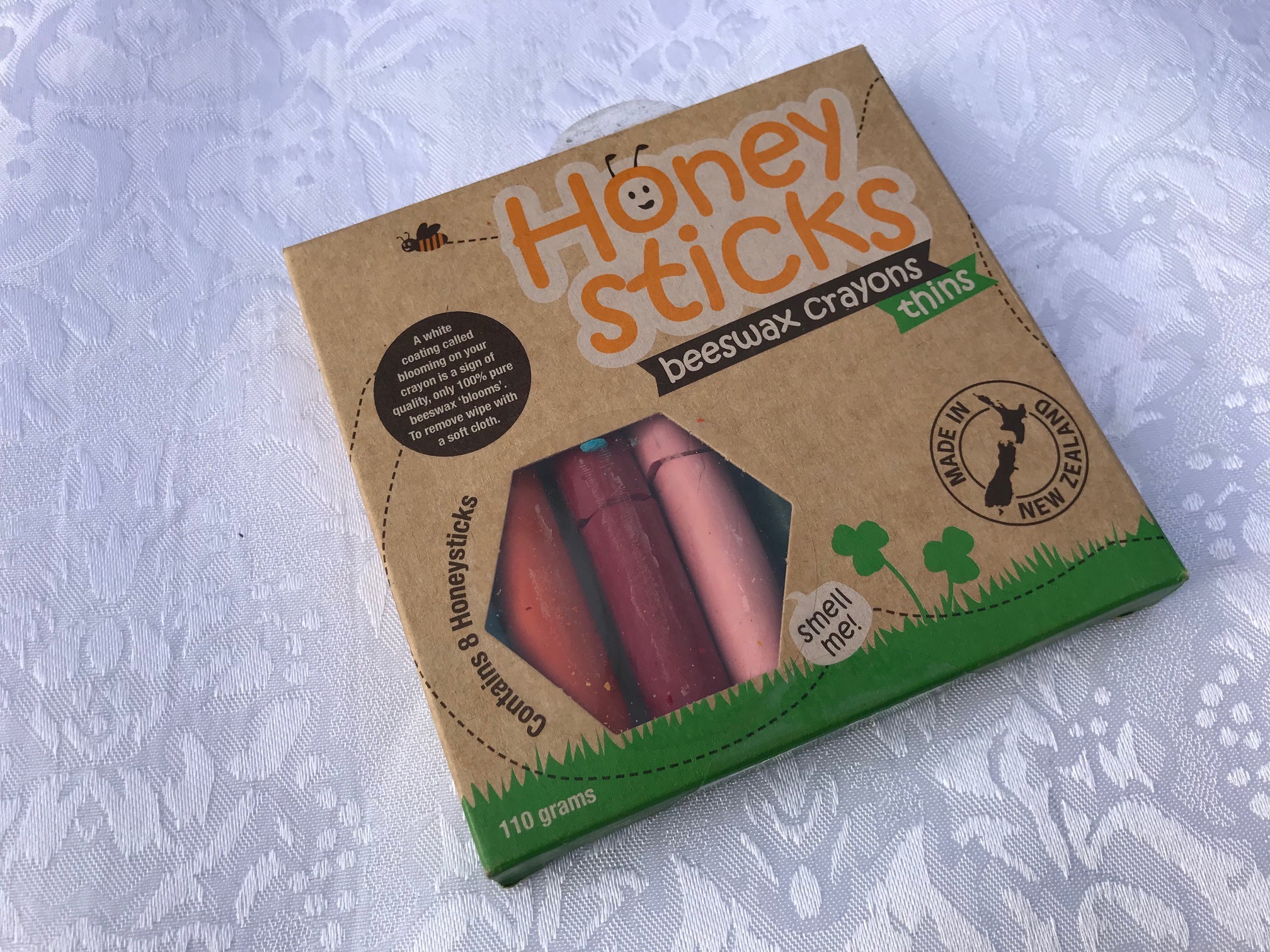

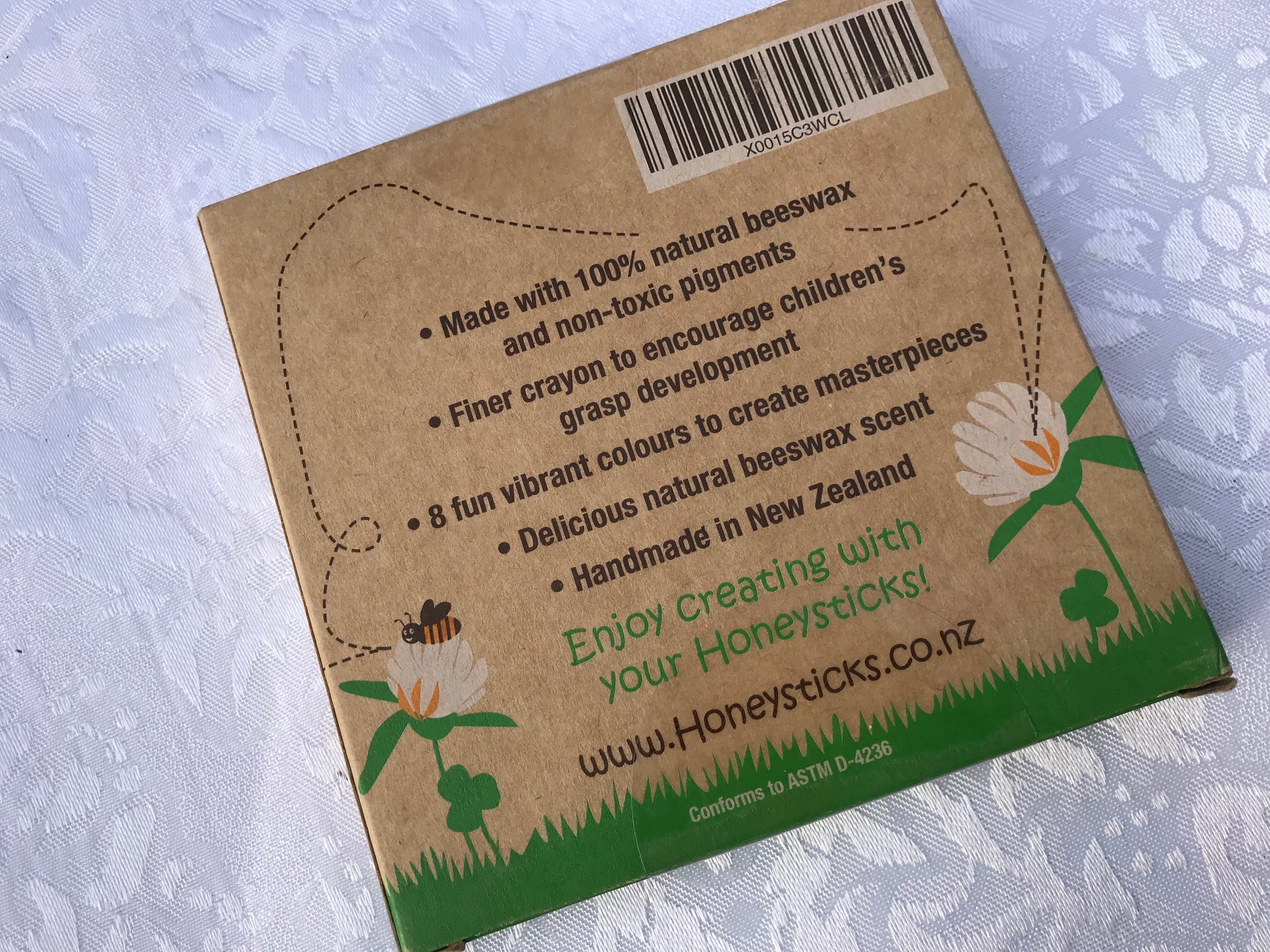
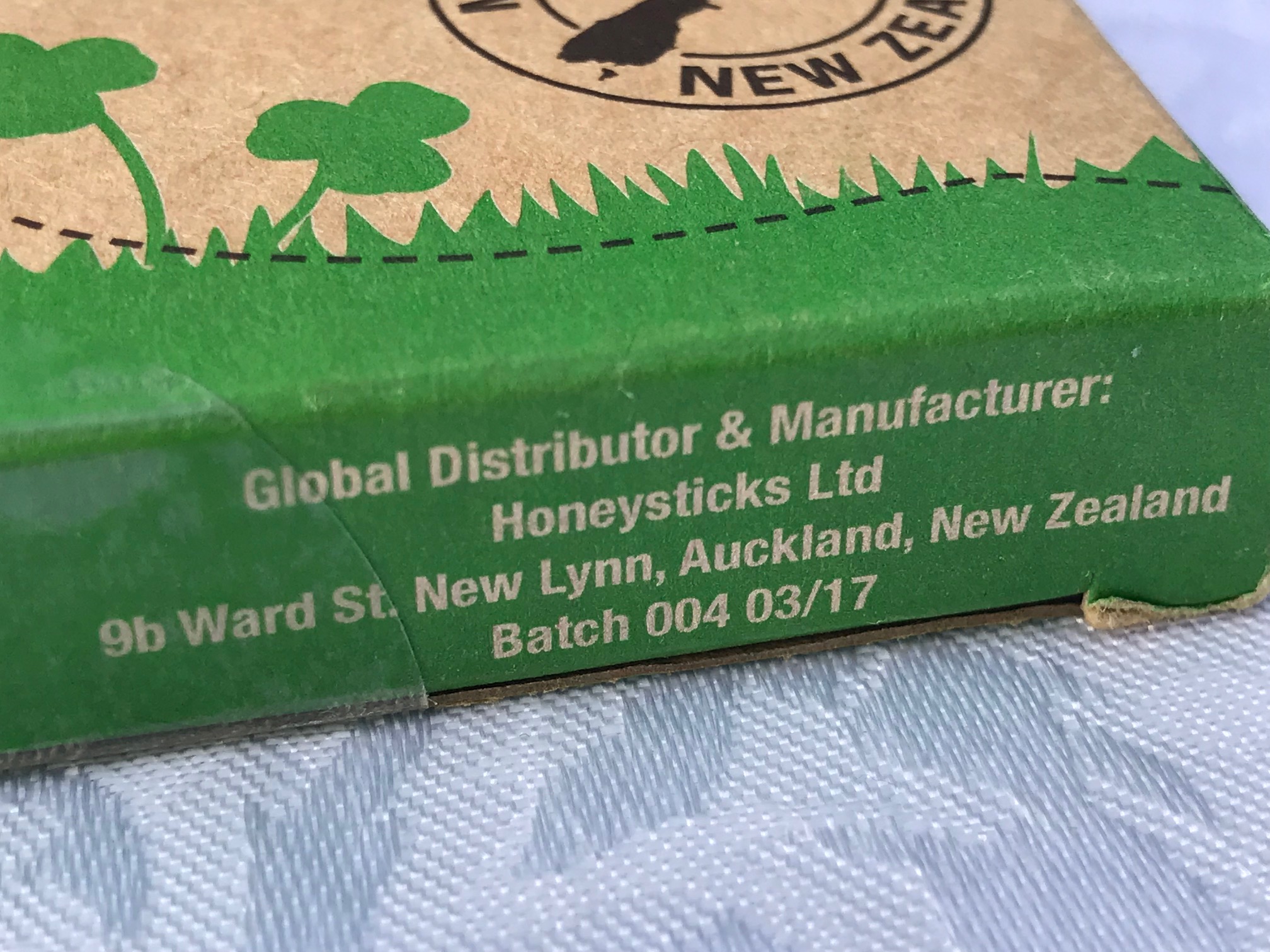
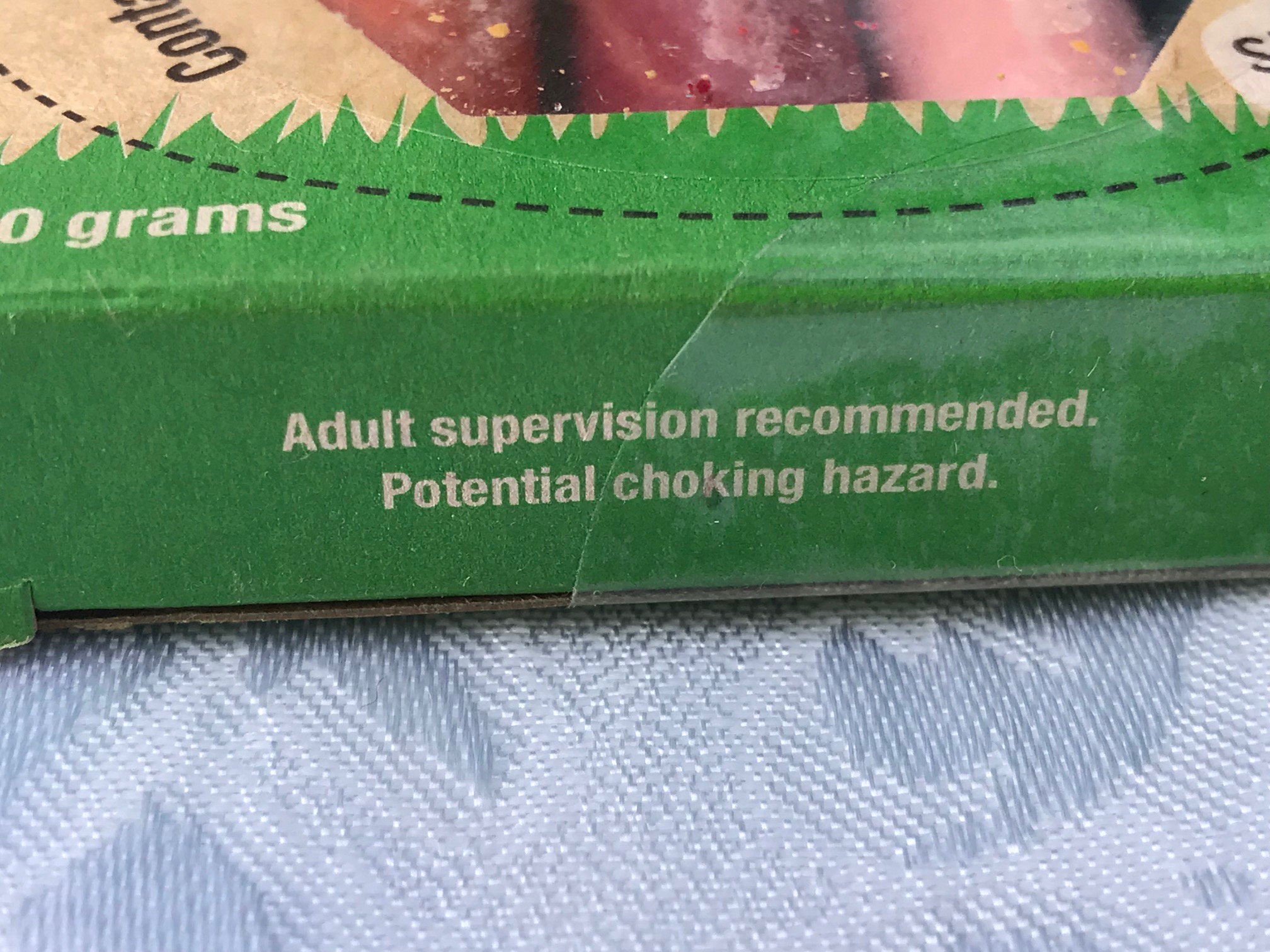
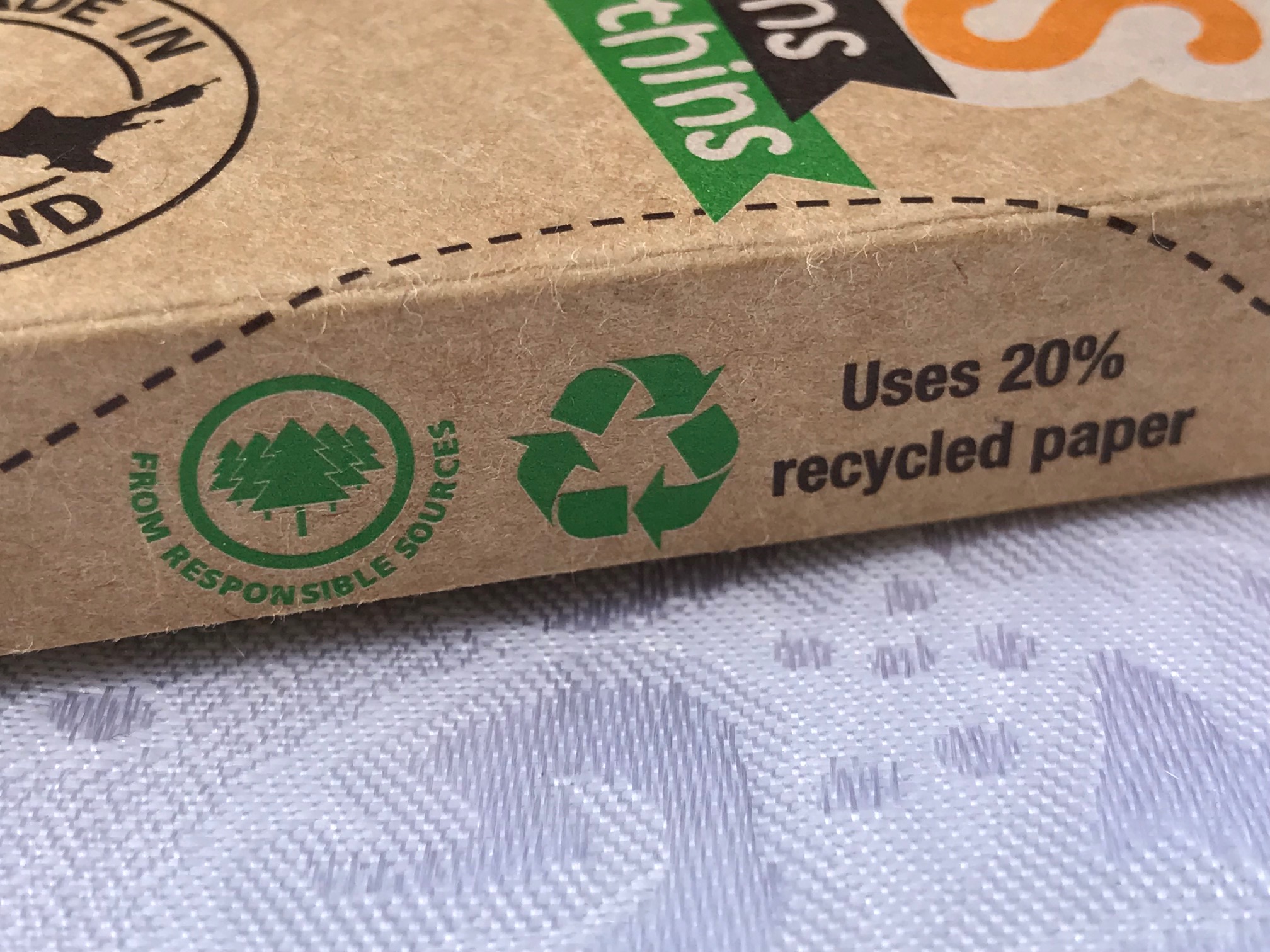

Regarding the crayons: if the colors testing positive for cadmium were removed from the box, would you feel the box to be ok for a child to use?
Thanks
Hi Gladys,
If you must use crayons – removing those offending colors would probably be fine. In general I don’t recommend crayons at all though – and I discuss that more in this post:
https://tamararubin.com/2018/08/do-crayola-crayons-have-lead-2018/
And this post: https://tamararubin.com/2018/08/asktamara-are-my-kids-crayons-toxic-which-brand-of-crayons-is-safe/
Tamara
I have the thicker ones of these now in 2025 . Are we assuming the results would be similar and still lead free as I’m unsure what to do with them now
Are pencils a better choice ? I also need to check you have tested water paints.
No.
We just sent these to a lab for testing last month (June 2025, purchased May 2025). They tested positive for Lead and Arsenic. Read the article here:
https://tamararubin.com/2025/07/honeystix-crayon-pinkre/
There are recommendations for safer choices in this new article link.
Tamara
Could you help me to reconcile this article’s result with the lead/cadmium positive result from your other post on Honey Sticks? The other post can be found here: https://tamararubin.com/2025/07/honeystix-crayon-pinkre/. Thank you.
The article link you shared references this article and discusses the discrepancy in detail.
T